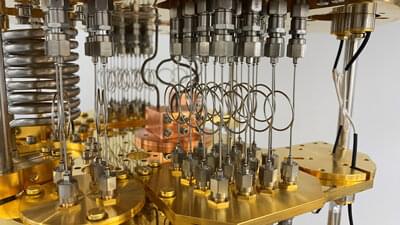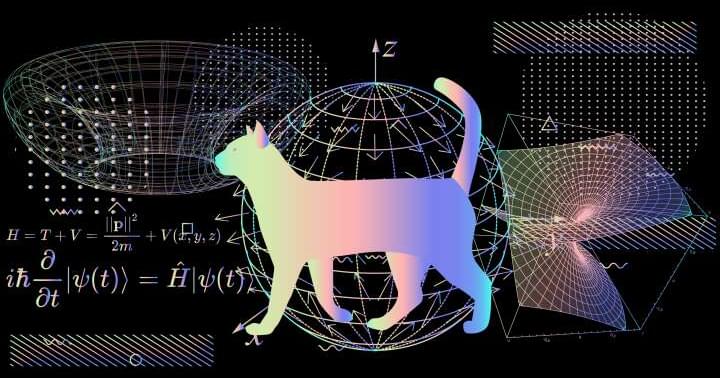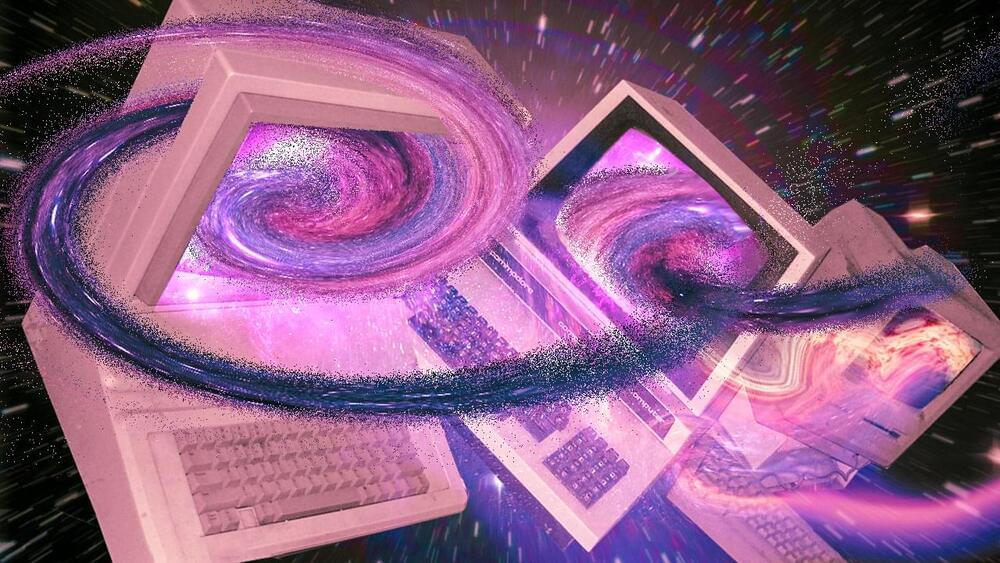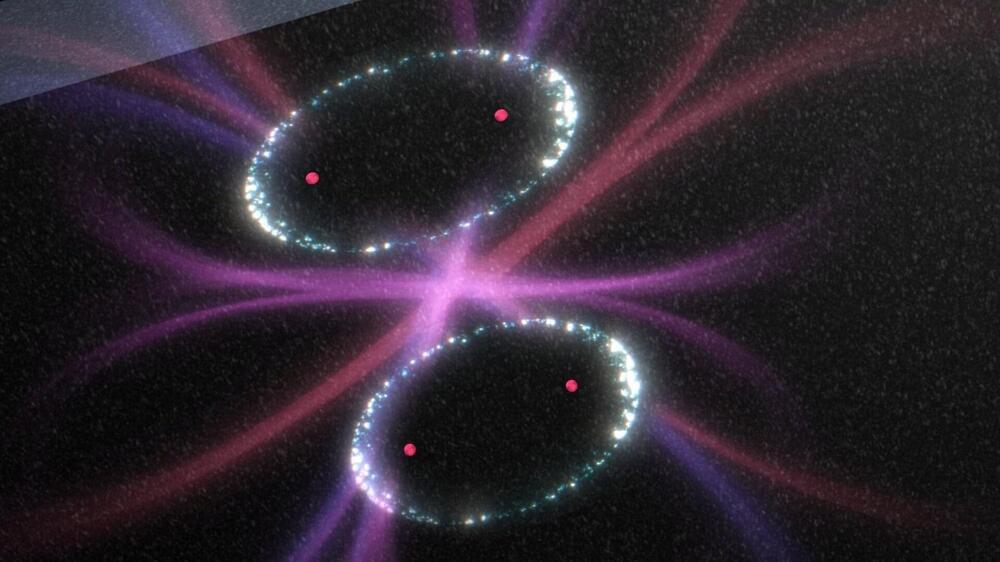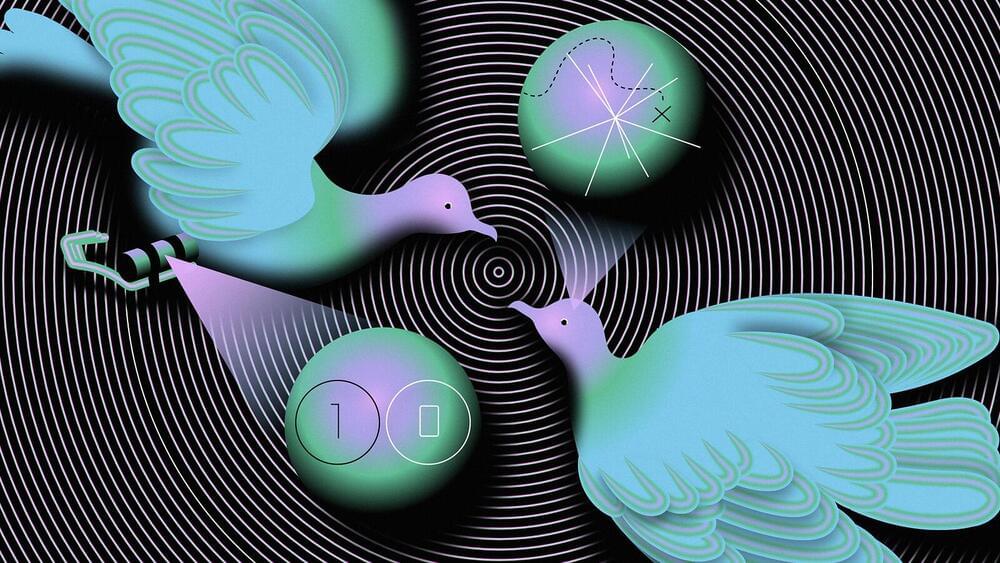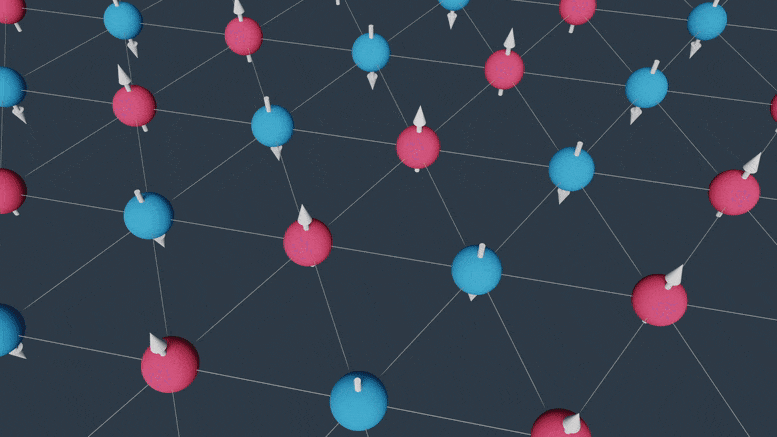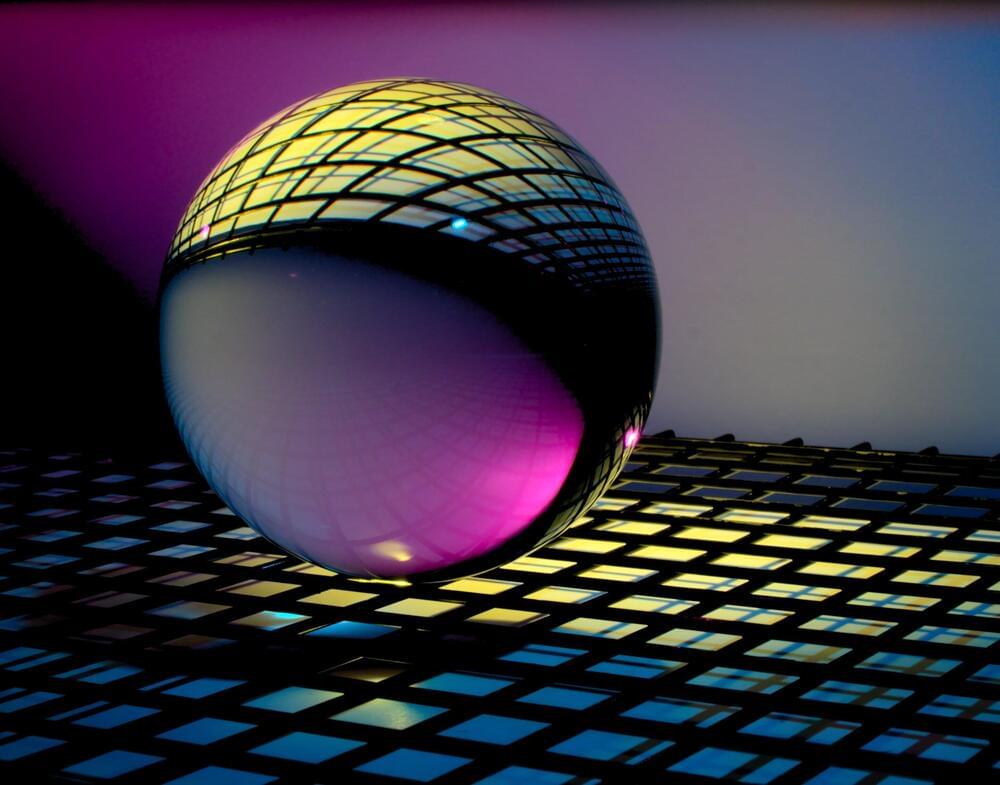Jan 24, 2022
Faster technique for resetting quantum circuits proposed
Posted by Genevieve Klien in categories: computing, quantum physics
Rebooting a quantum computer is a tricky process that can damage its parts, but now two RIKEN physicists have proposed a fast and controllable way to hit reset.
Conventional computers process information stored as bits that take a value of zero or one. The potential power of quantum computers lies in their ability to process ‘qubits’ that can take a value of zero or one—or be some fuzzy mix of both simultaneously.
“However, to reuse the same circuit for multiple operations, you have to force the qubits back to zero fast,” says Jaw Shen Tsai, a quantum physicist at the RIKEN Center for Quantum Computing. But that is easier said than done.
